Mary G. Griffith’s Posts
![]()
As I discussed in my last blog, the Canadian Code of Advertising Standards (the “Code”) sets out the criteria for acceptable advertising in Canada. The Code is administered by Advertising Standards Canada (ASC) which is the self-regulatory body for Canadian advertisers.
The Code has a complaint procedure for both consumers and advertisers who allege that an advertisement is violating one or more clauses of the Code. I will deal with each of these procedures in subsequent blogs. Before a commercial …
![]()
Many people may wonder as they watch commercials on TV or read the incessant stream of banner ads or pop ups on their digital devices, if anyone is checking on some of the claims being made, or even how to complain about tactics or approaches that they may find offensive.
What many may not know is that the Canadian Code of Advertising Standards (the “Code”) sets out the criteria for acceptable advertising in Canada. The Code is administered by Advertising …

One of the questions I am asked more and more frequently in my estates practice is how to handle pets that may be left behind when a client dies. Some people may not think about it when they are arranging their affairs, and some may dismiss it altogether; but for many clients their pets are their companions and part of the family. For some, ensuring their pets are properly looked after is a much more concerning issue than the disposition …
![]()
Don’t get me wrong. I love being a lawyer. I do, however, sometimes look back nostalgically to the time when I was blissfully ignorant of some of the things that are day to day occurrences for me now.
When I was a marketer, particularly one that had been trained in the prestigious P&G manner that dictated that any important recommendation could be made and fully substantiated in one page, I prided myself on being able to write clear, persuasive documents. …

In my previous life as a marketing executive, one of my boss’ favorite sayings was “statistics are like a lamppost: more often used for support than illumination”. This is a good thing to remember when you are dealing with the issue of claim support. Think first about whether the information that you are using is research that was conducted in order to support the claims you are now wanting to make…or are you trying to make data from a previous …
![]()
I recently wrote a blog about some of the issues that arise with “global” advertising and adapting foreign creative to the Canadian market. Perhaps the “flip” side of creative considerations is knowing what uniquely Canadian institutions, symbols etc. cannot be used to identify a product or communication as Canadian without the proper consents. If you were to ask the average person on the street what images would instantly say “Canada” or “Canadian” I am sure that among the top items …
![]()
Once again the province of Québec has added to the province-specific considerations that businesses will have to assess to determine if it is worth trying to tap into the Québec market. On May 4, 2016, the Québec government published draft regulations to amend the Charter of the French Language (the “Charter”). These amendments will require the sufficient presence of French when a trademark in a language other than French is displayed on signage or posters outside a place of business. …
![]()
New Regulations to the Community Trademark Law came into force on 23 March 2016. Besides Community trademarks now being referred to as “European Union trademarks” the amendments do not only apply to new applications, but can also have a considerable impact on the scope of protection for already existing Community trademarks. Owners of Community trademarks that were filed prior to 22 June 2012 can be required to update the specification of goods and services by 24 September 2016, in order …
![]()
Canadian advertisers are often given the direction from their US parent companies to use the same advertisements in Canada as have already been produced for the US. There is a constant tension between the cost efficiencies of using the same ads on both sides of the border and the very real issues posed by conflicting requirements. Contrary to what some may think, it isn’t that easy to import US advertising to Canada (even if you exclude Quebec). Several issues arise, …
![]()
Most of us procrastinate when it comes to doing things we don’t enjoy. Unfortunately that sometimes happens when advertisers or agencies are told to “run it by Legal”.
The perception is often that the lawyer is the killjoy (“Oh no! Legal is SURE to say no!”); that they don’t understand the consumer; the market; the competitive pressures on the brand; etc. In particular, surely a lawyer (with all the stereotypical images that may evoke) is the antithesis of the creative, …




